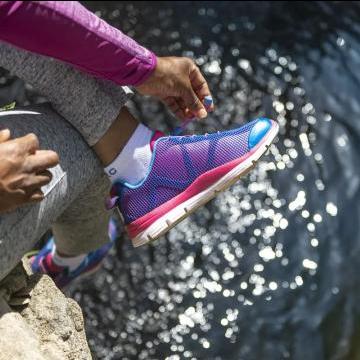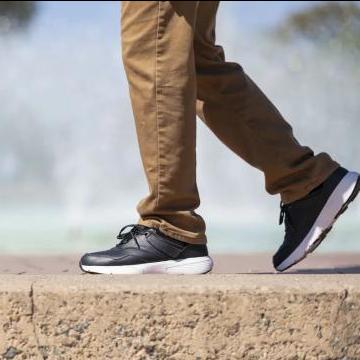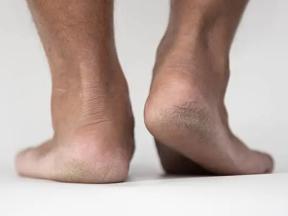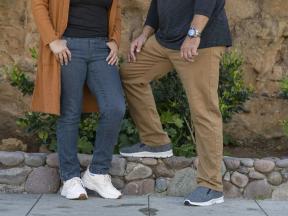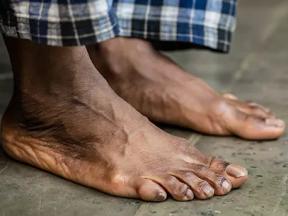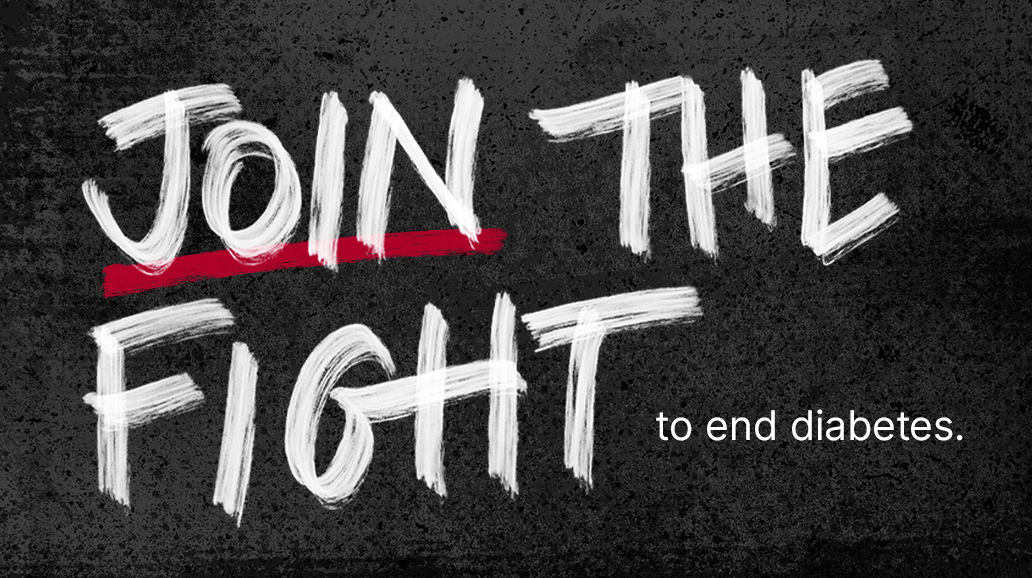Preventing Foot Issues
Diabetes & Your Feet
The connection between diabetes and your feet is important because diabetes can cause nerve damage and reduced circulation, ultimately leading to limb loss and other complications. The good news is, you can lower your chances of complications by managing your blood glucose levels and taking care of your feet.
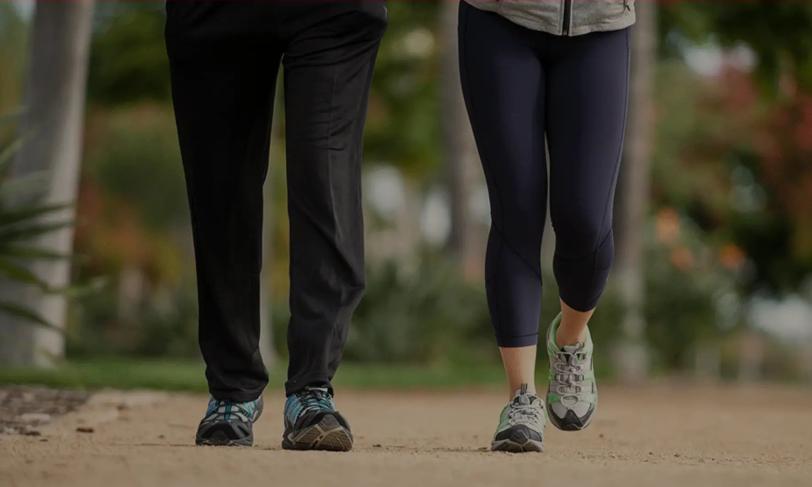
-
-
Managing Foot Issues
Diabetes and Foot Care
Diabetes can cause nerve damage. Lost sensitivity in the feet can make it difficult to know when you're hurt or injured and even the smallest cuts and scrapes can become difficult to heal. To help prevent foot complications that can come with diabetes, it's important to have the right information to make smart choices and connect with expert diabetes advice
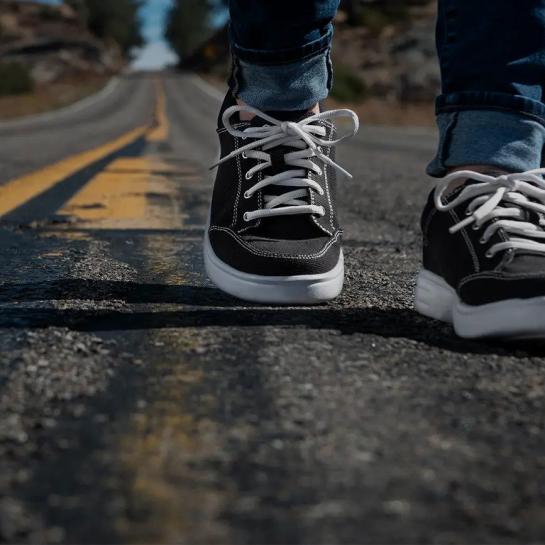
Foot Complications

Poor Circulation
Poor circulation (blood flow) can make your foot less able to fight infection and heal. Diabetes causes blood vessels of the foot and leg to narrow and harden.
Quick Tip: Compression socks gently apply
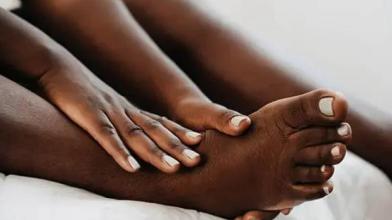
Skin Changes
Diabetes can cause changes in the skin of your foot. At times your foot may become very dry. The skin may peel and crack. This problem is caused by nerve damage that affects your body's ability to control the oil and moisture in your foot.
Quick Tip: Use a daily moisturizer to keep the feet healthy and looking great. Look for speciality products specifically formulated for people with diabetes.
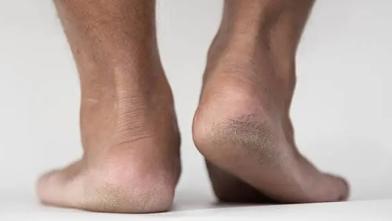
Calluses
Calluses occur more often and build up faster on the feet of people with diabetes. Too many calluses may mean that you will need therapeutic shoes and inserts. Calluses, if not trimmed, get very thick, break down, and turn into ulcers (open sores).
Quick Tip: Avoid over-the-counter treatments to remove calluses since they use acids that can be harmful to a diabetic foot.
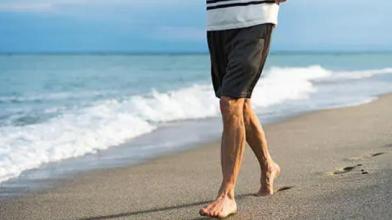
Foot Ulcers
Ulcers occur most often on the ball of the foot or on the bottom of the big toe. Ulcers on the sides of the foot are usually due to poorly fitting shoes. Even though some ulcers may not hurt, every ulcer should be seen by your doctor right away. Neglecting ulcers can result in infections, which can lead to limb loss.
Quick Tip: Consider the use of braces or crutches if you have a foot ulcer to promote healing while reducing pressure and irritation.

Nerve Damage
Nerve damage from diabetes is called neuropathy and can lessen your ability to feel pain, heat, and cold. This means that you may not notice a foot injury until the skin breaks down and becomes infected. Neuropathy can also lead to changes in the shape of your feet and toes. If your foot doesn't fit comfortably in regular shoes, ask your doctor about special therapeutic shoes or inserts.
Quick Tip: Avoid going barefoot, even in your home, to reduce the risk of injury. Wearing socks and shoes (or slippers at home) gives feet extra protection.

Limb Loss
People with diabetes are far more likely to deal with foot-related limb loss. Because of complications related to neuropathy, poor circulation, foot ulcers, and infections, it's important to monitor foot health to know how to prevent foot complications or stop them from getting worse. Most issues of limb loss are preventable by checking your feet daily, regular care and visits with your doctor, and proper footwear.
Quick Tip: Examine your feet every day and look for blisters, cracks, and other signs of injury. Keep a diary of the changes in your feet and contact your doctor if conditions worsen.
Foot Care Resources
Find the resources you need to help you along your foot journey.
5 Ways to Care for Your Feet
Taking care of your feet can be the first step in long-lasting improvements. Check out this quick guide of five ways to care for your feet.
When to See Your Doctor
To help prevent foot complications that can come with diabetes, it's important to have the right information to make smart choices and connect with expert diabetes advice.
Preventing Limb Loss
Managing current foot health issues can help limit further complications and reduce the potential for limb loss.
Connect With Local Support
You're not alone in your diabetes journey. Local community and social services can help you manage complications—and thrive and prosper. Use our Community Connections locator to find help with health.
Get Access to Medical Care
Getting the medical care you need is extremely important no matter where you are on your journey with diabetes. Find information on the care you need to help you prevent diabetes complications.
Home Foot Care Checklist
Healthy foot care starts at home. Use our home care guide to make sure you're doing all you can to prevent diabetes complications and keep your feet feeling great.
Managing Diabetes Checklist
Use our quick checklist to successfully manage your diabetes and continue preventing complications all year long.
You May Also Like
By working with your doctor, you can have a healthy pregnancy and a healthy baby
With the right tools and support, you can properly manage your type 1 diabetes.
There’s no one-size-fits-all treatment for type 2, but we can help you take each step forward.
Steps to Reduce the Risk of Limb Loss
The potential of limb loss with diabetic foot health is a real and challenging issue to face by yourself. Thankfully, the ADA has expert strategies and advice to help you manage complications to reduce the risk of amputation and community-building strategies to help you cope if you are dealing with limb loss. Learn how we can help you no matter where you are in your diabetes journey.
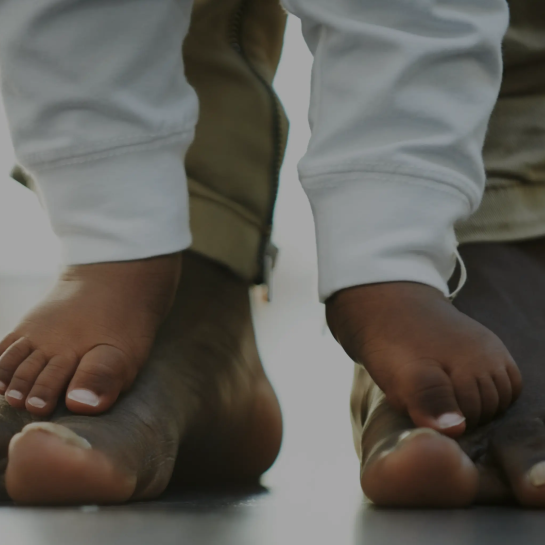
Foot Complications

Poor Circulation
Poor circulation (blood flow) can make your foot less able to fight infection and heal. Diabetes causes blood vessels of the foot and leg to narrow and harden.
Quick Tip: Compression socks gently apply

Skin Changes
Diabetes can cause changes in the skin of your foot. At times your foot may become very dry. The skin may peel and crack. This problem is caused by nerve damage that affects your body's ability to control the oil and moisture in your foot.
Quick Tip: Use a daily moisturizer to keep the feet healthy and looking great. Look for speciality products specifically formulated for people with diabetes.

Calluses
Calluses occur more often and build up faster on the feet of people with diabetes. Too many calluses may mean that you will need therapeutic shoes and inserts. Calluses, if not trimmed, get very thick, break down, and turn into ulcers (open sores).
Quick Tip: Avoid over-the-counter treatments to remove calluses since they use acids that can be harmful to a diabetic foot.

Foot Ulcers
Ulcers occur most often on the ball of the foot or on the bottom of the big toe. Ulcers on the sides of the foot are usually due to poorly fitting shoes. Even though some ulcers may not hurt, every ulcer should be seen by your doctor right away. Neglecting ulcers can result in infections, which can lead to limb loss.
Quick Tip: Consider the use of braces or crutches if you have a foot ulcer to promote healing while reducing pressure and irritation.

Nerve Damage
Nerve damage from diabetes is called neuropathy and can lessen your ability to feel pain, heat, and cold. This means that you may not notice a foot injury until the skin breaks down and becomes infected. Neuropathy can also lead to changes in the shape of your feet and toes. If your foot doesn't fit comfortably in regular shoes, ask your doctor about special therapeutic shoes or inserts.
Quick Tip: Avoid going barefoot, even in your home, to reduce the risk of injury. Wearing socks and shoes (or slippers at home) gives feet extra protection.

Limb Loss
People with diabetes are far more likely to deal with foot-related limb loss. Because of complications related to neuropathy, poor circulation, foot ulcers, and infections, it's important to monitor foot health to know how to prevent foot complications or stop them from getting worse. Most issues of limb loss are preventable by checking your feet daily, regular care and visits with your doctor, and proper footwear.
Quick Tip: Examine your feet every day and look for blisters, cracks, and other signs of injury. Keep a diary of the changes in your feet and contact your doctor if conditions worsen.
Foot Care Resources
Effective Meal Planning
Get the inspiration, recipes, and tips you need to make easy, flavorful diabetes-friendly meals.
Medication & Treatment
The use of medications can help make existing diabetes complications easier to deal with. Get expert medical advice about common treatments like oral medications, insulin and more.
Footwear Matters: Risk of Amputation
Manage foot health and reduce the risk of limb loss with therapeutic footwear. Learn more about the risk of amputation.
Connect With Local Support
You're not alone in your diabetes journey. Local community and social services can help you manage complications—and thrive and prosper. Use our Community Connections locator to find help with health
Get Access to Medical Care
Getting the medical care you need is extremely important no matter where you are on your journey with diabetes. Find information on the care you need to help you manage your diabetes complications.
Home Foot Care Checklist
Better foot care starts at home. Use our at home care guide to make sure you're doing all you can to manage diabetes complications and improve your foot health.
Managing Diabetes Checklist
Use our quick checklist to help successfully manage diabetes complications all year long.
You May Also Like
Starting a fitness routine is easy, but maintaining it can be challenging. Get tips to stay motivated.
Getting the medical care you need is extremely important no matter where you are on your journey with diabetes. Discover how you can work with your doctor to see if you qualify for Medicare benefits.
Managing your diabetes can feel like a full-time job. What works for you may not work for someone else. Find the tools that work best for you and fit your life and health goals.
Copyright 2022–2024. American Diabetes Association®. All rights reserved. This website may contain links to websites operated and maintained by third parties which is not an endorsement by ADA.
